Dome Temperature vs Grill Temperature
Most BBQ grills and smokers come with a dial thermometer installed in the “dome” or hood of the cooker. Virtually all of these are of the cheapest construction possible from the Far East. None of them are accurate. But, even if you replaced yours with a higher quality and more accurate dial gauge, would it even give you a temperature that was useful? Let’s take a look.
Look at the stem of your dial thermometer when it’s installed in your cooker. You will see 1” to 2” of stem positioned right near the top of the dome or hood. Temperature is being averaged over the length of that stem and read on the dial. Even if it’s accurate, it will be giving you the temperature in the air space well above the food you are cooking.
Problems with grill dome thermometers
- The quality (and therefore the accuracy) of the “dome” thermometers that ship with almost all smokers and grills, even very high quality smokers and grills, is usually very poor. This dial thermometer is an afterthought, typically sourced from a generic producer.
- Almost all of these “dome thermometers” have bi-metal probes with springs inside of them made of two metals that expand at different rates pushing the needle on the display. Physical shocks can knock these metals out of alignment, which can happen time and again when you close the lid of your grill or smoker quickly.
- Recalibrating a dome thermometer that is frequently out of alignment can be tiresome and difficult even if there is an adjustment nut provided (on many such thermometers there is no way to recalibrate).
- Even if your dome thermometer WERE calibrated OR accurate it would STILL just be averaging the temperature of the air at the very top of your smoker or grill, not the temperature of the air down where the action is. Anyone familiar with convection currents knows that there can be radically different temperatures in different zones of the same smoker or grill—as much as 50°F.
- Cold air rushing in from outside when you open your smoker or grill to check your food can drop the temperature of the air in the dome relative to the cooking temperature near the grill.
- Warm air reflected upward by a deflector plate or drip pan up along the sides of your smoker or grill can likewise raise the temperature of the air in the dome relative to the cooking temperature near the grilling surface.
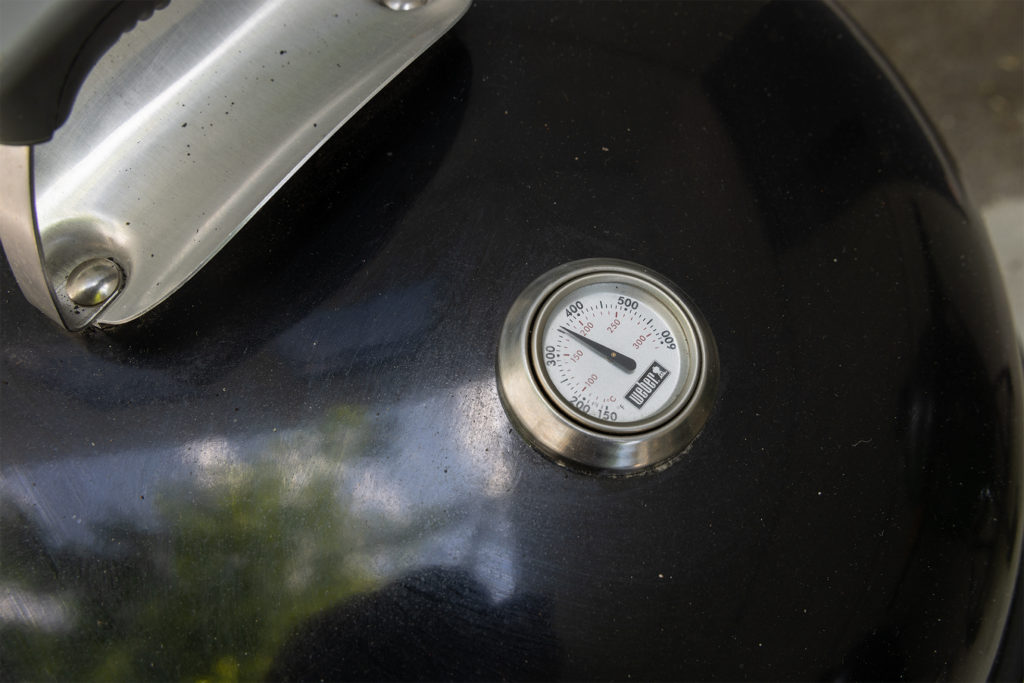
MORE problems with dome thermometers
Several variables affect the readings of the dome thermometer. The longer you leave the lid or dome closed, the more closely the dial thermometer will eventually reflect nearly the same temperature at the food’s location. However, every time you open the cooker, equilibration will have to start over and the reading will be wrong for some time.
Furthermore, if you use a deflector plate or drip pan directly under the food, heat currents will be driven up the sides of the cooker into the top, thus producing a greater temperature at the dome thermometer’s location than you would have at the food’s location.
But no matter what you’re cooking, or how, the dome thermometer’s position and makeup will affect how it reads the internal temperature of your grill.
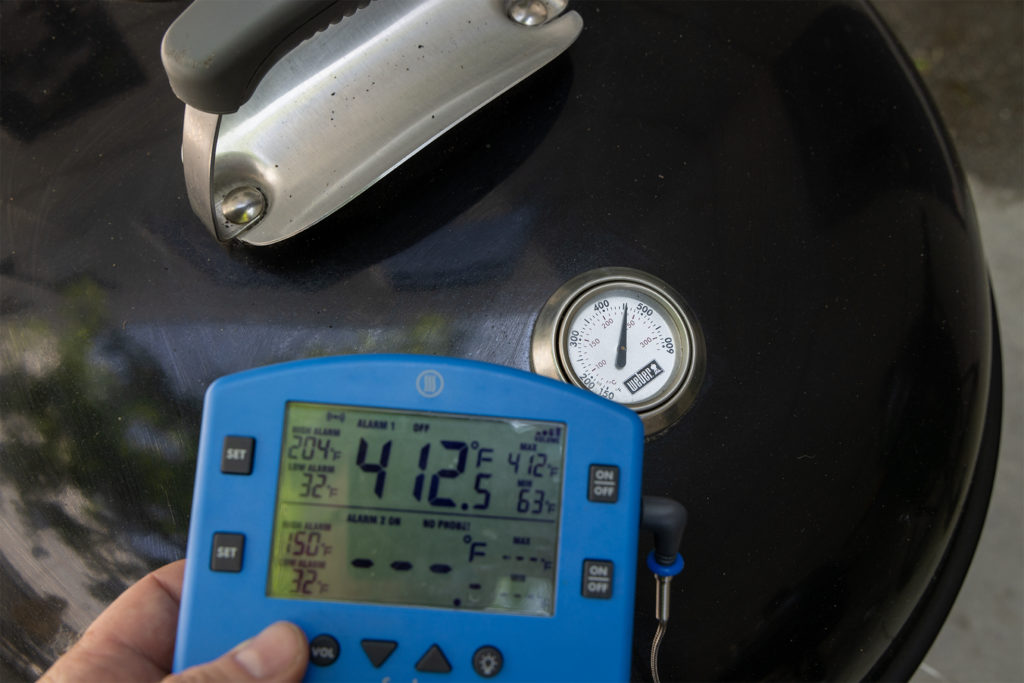
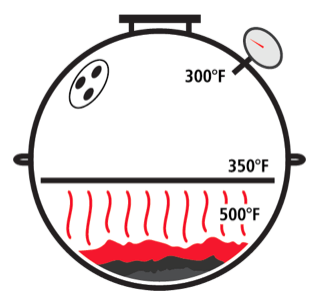
In virtually every recipe, the recommended cooking temperature really is the temperature at which your food should be cooked. If you’re using the dome temperature, you’re likely to have your heat setting anywhere from 35°F to 50°F too high (or too low), leading to the danger of overcooking or drying out your food. Although important in long cooks of larger cuts, this is even more critical when searing and grilling steaks.
The best alternative to the dome’s dial thermometer is to read the temperature from a probe positioned where the food is located.
Smoker thermometer solutions: the best dome thermometer…isn’t one
We recommend using an air probe as close to the food on the grill as practical and about 1” above the grill surface. (An air probe comes included with any of our multi-channel BBQ alarm thermometers.) Most probes (including those that come with our thermometers) can fit into a grate clip that can attach to a grill or smoker surface. Other probes could be clamped in place using metal office clips or clips from the local hardware store. If you don’t have a grate clip, you can use a ball of aluminum foil, wadded up around the probe’s transition and wedged into the smoker grate.
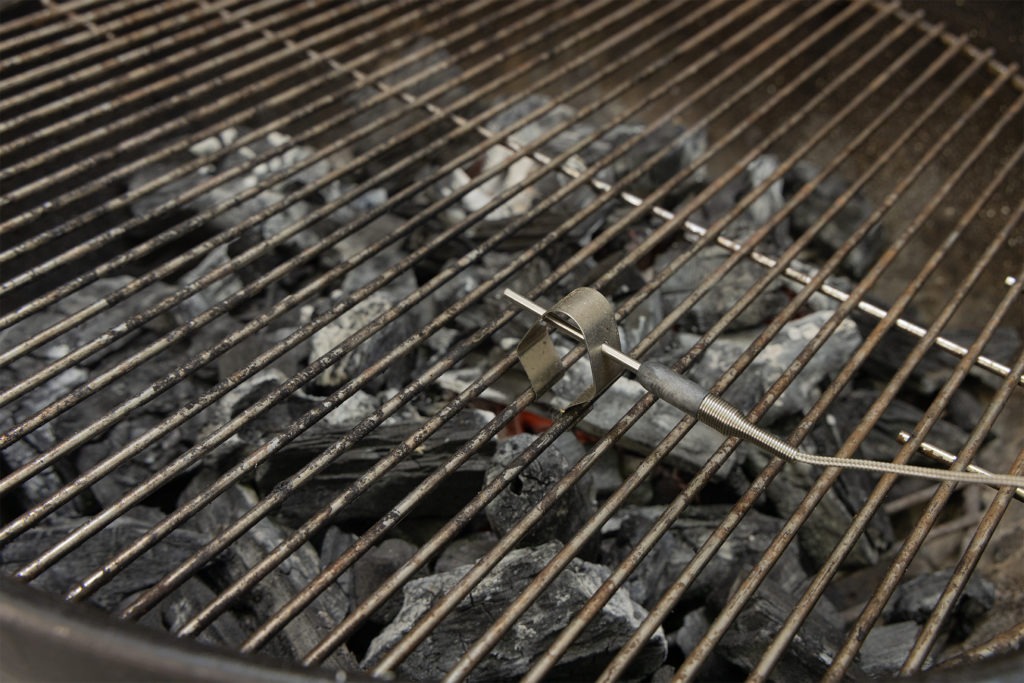
What probe should I use with my grill or smoker?
So you now know that the dome thermometer isn’t doing its job right, but what about the probe you put near the surface? A high-accuracy probe is equally important!
Any of our air probes are great for BBQ cooking (low, slow heat), but you still need to treat them with care. Because of flames and hot coals, a BBQ cooker will expose your probe’s cable to temperatures well in excess of your target dome or grill temperatures. Even if you’re using a low heat of 250°F, the coals will be much hotter than that. If your cable comes close to those coals, or to a flame, you will burn-out the interior probe insulation and short the probe. (We have a whole post about probe safety and longevity that you might want to check out.)
If you want a thermometer for grilling, that’s another story. The high, direct heat of grilling is even more dangerous to a probe, especially with how common flare-ups are when cooking juicy meats on a grill. For surface temperatures when grilling, consider a professional high-heat thermocouple, built for the commercial smokehouse industry. It uses even higher temperature materials and superior sealing techniques to protect the sensor assembly.
Many ThermoWorks BBQ thermometers, including Signals™, Smoke X™, Smoke™, and ThermaQ®, read two or more commercial probes, (ThermaQ uses thermocouple probes). One probe can be used in the food, with an alarm setting. The second probe can be used to read the grill or smoker temperature where the food is located. Over time, you will spend less on probes by using the professional probe solution from the start.
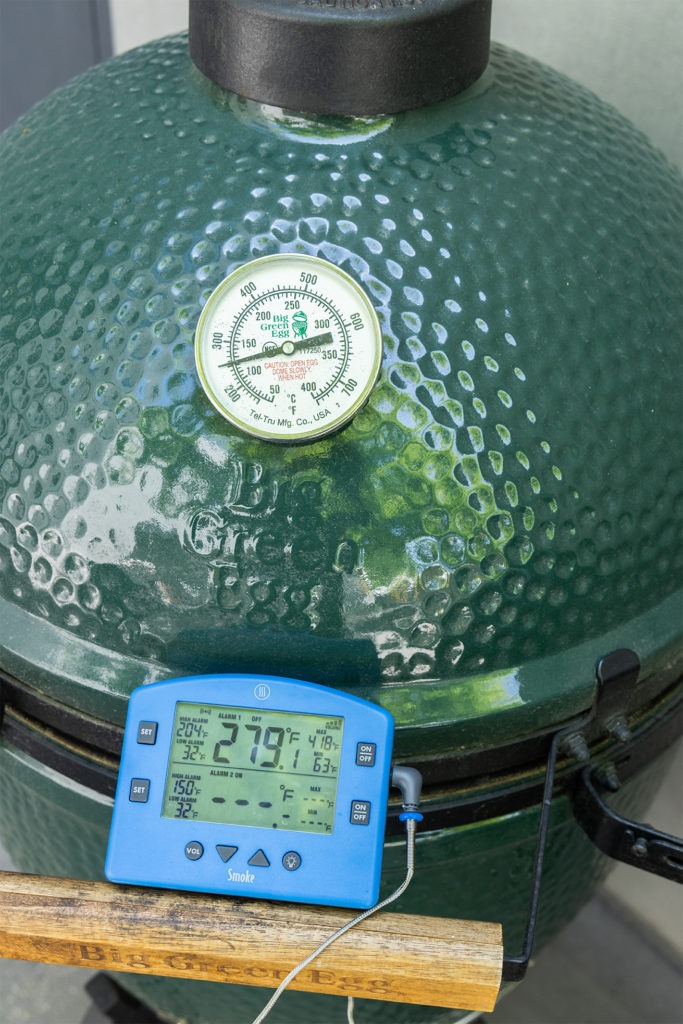
So what should you do with that dial thermometer in your dome? We recommend leaving it in place. If you take it out, visitors will think your BBQ is broken. The dial plugs the hole! You can even replace it with a more expensive after-market dial unit so it looks like you have everything. Just don’t depend on it very much. When you’re cooking, read the temperature next to the food. After the temperature of the food itself, that’s what really matters.
Shop now for products used in this post:


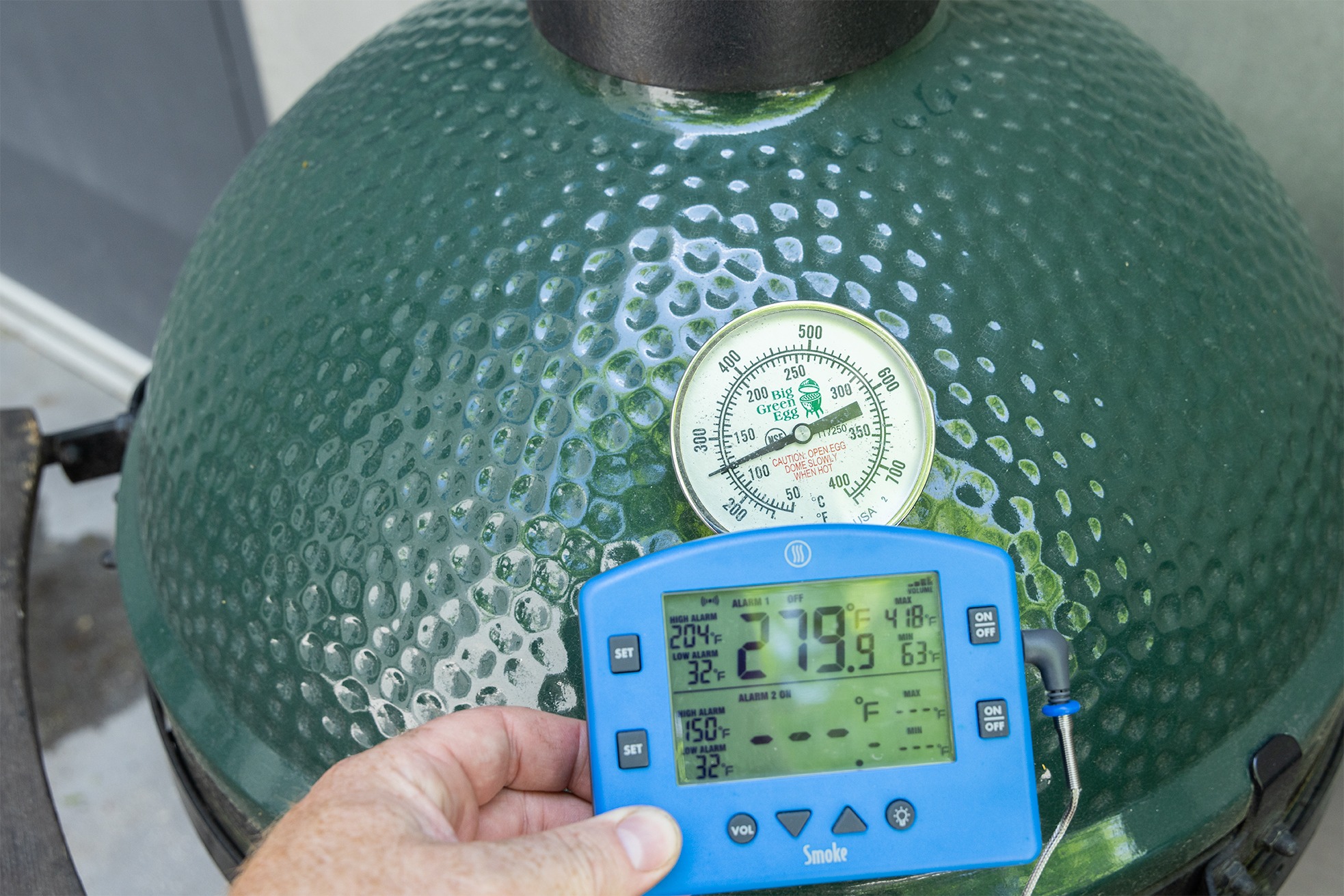
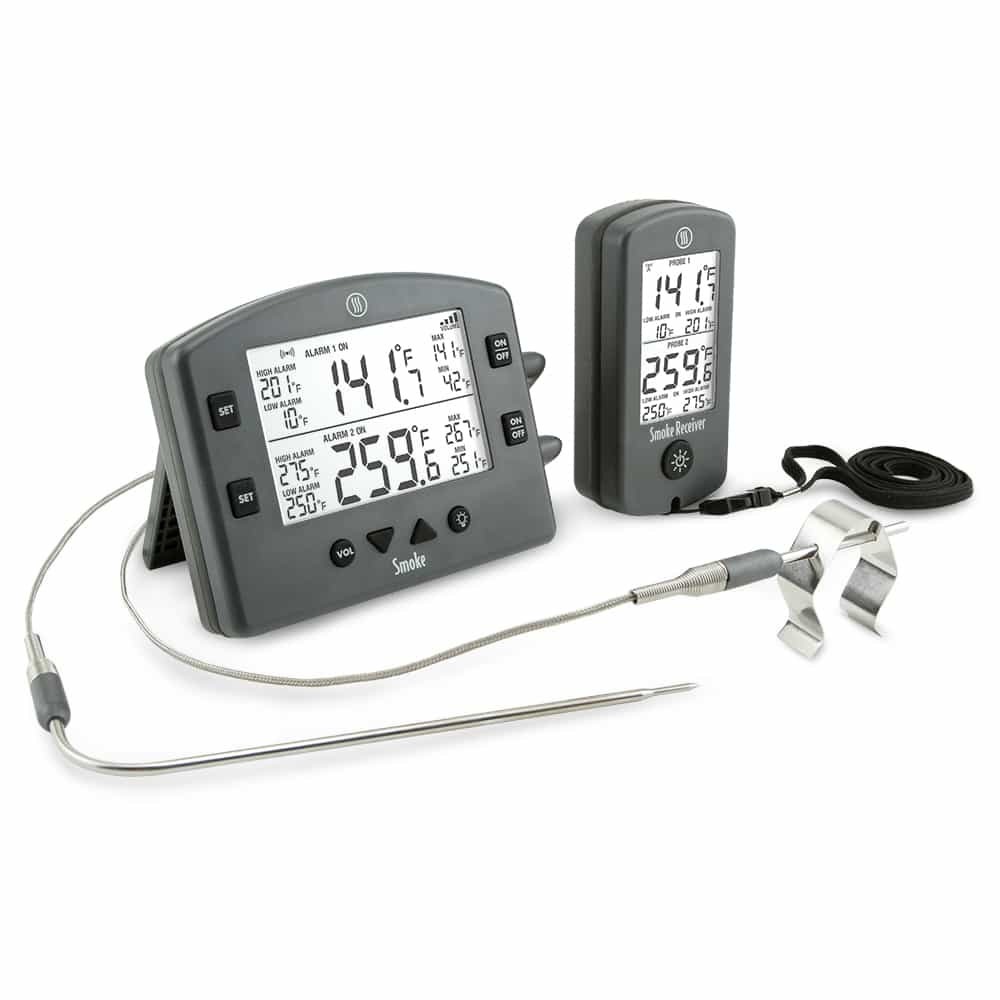
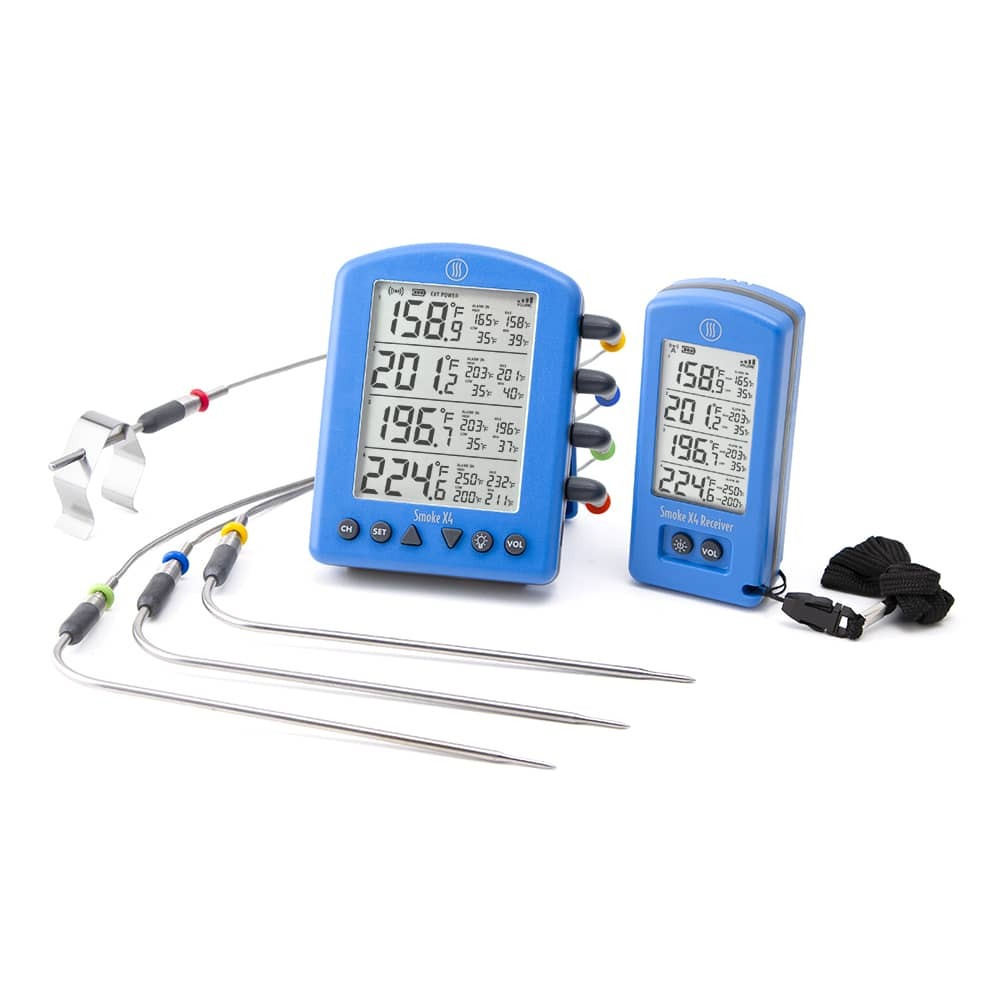
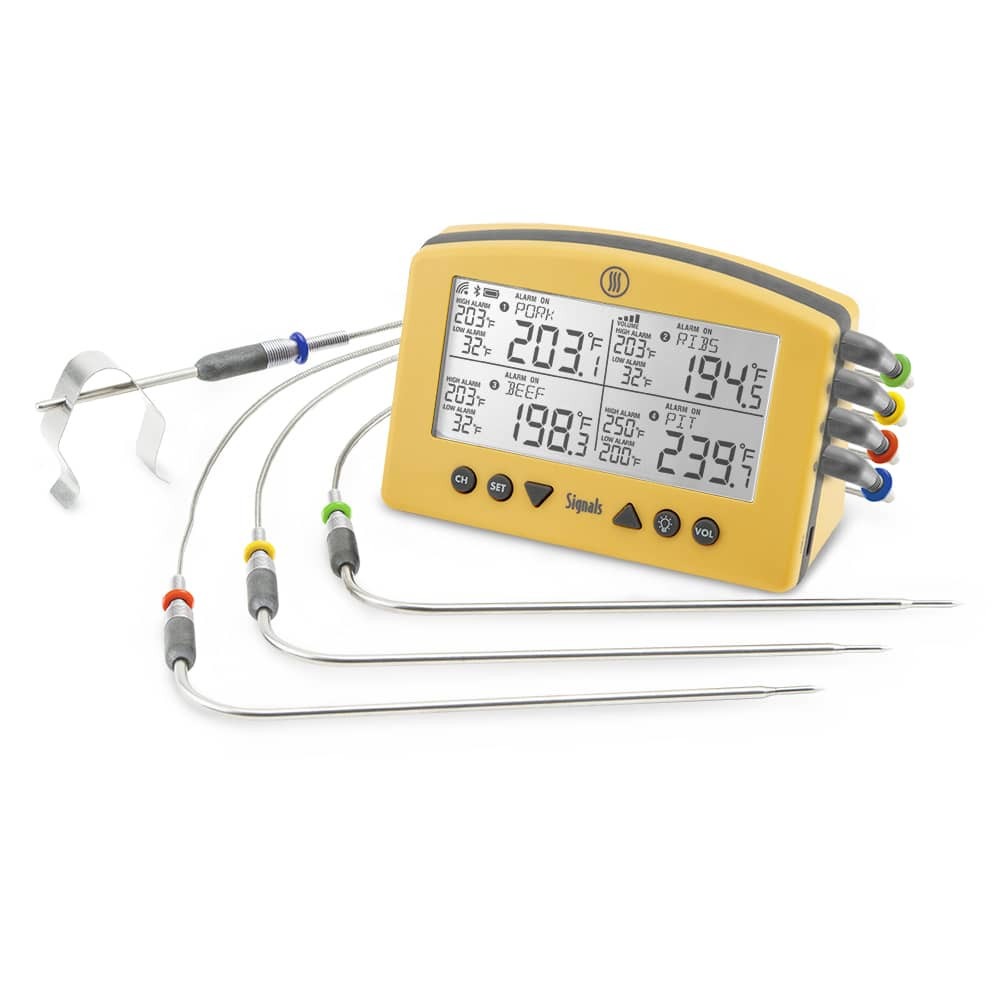
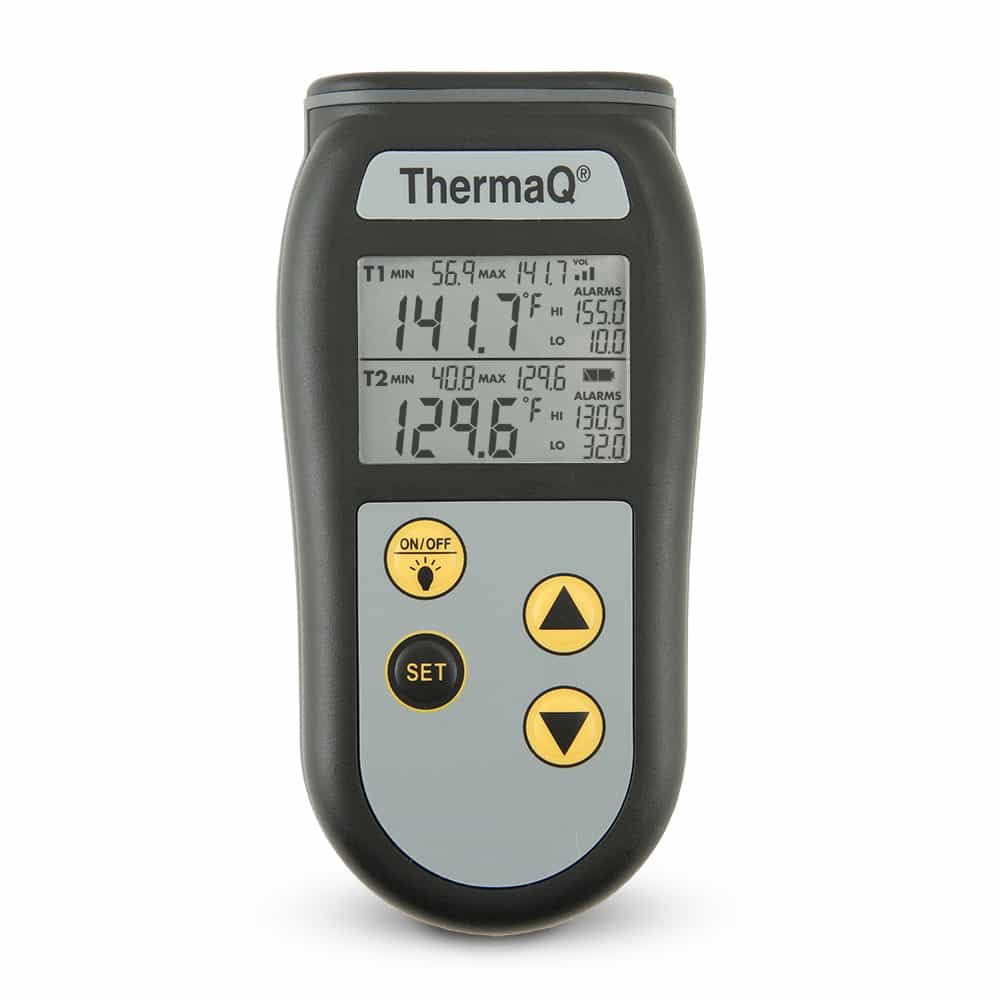
This is easily one of the best articles explaining WHY you cannot trust the thermometer that comes with your barbecue. Thanks for the great information Randy! By the way, if you want more great barbecuing and grilling advice, tune in to my weekly radio show, Cooking Outdoors With Mr Barbecue, 2-3 PM Pacific Time on FM NEWS 101.1 KXL (www.kxl.com) It’s the Fastest, Tastiest Hour on Radio!
I’m a BIG FAN of Thermopens!
Great article, do you some recommendations for top picks of grill thermometers? PS I LOOOOVE my thermapen!
Check out a few of our favorite kits.